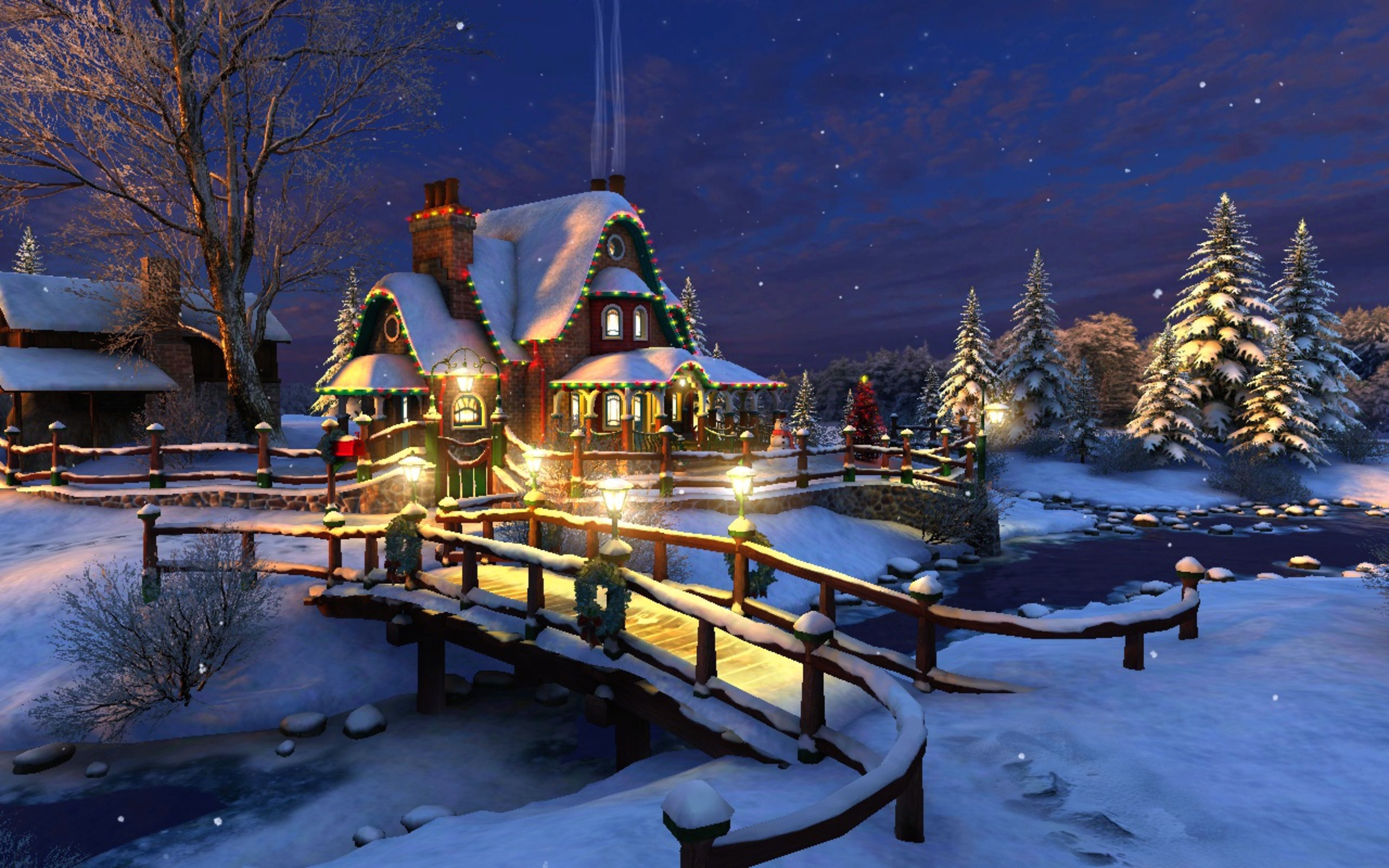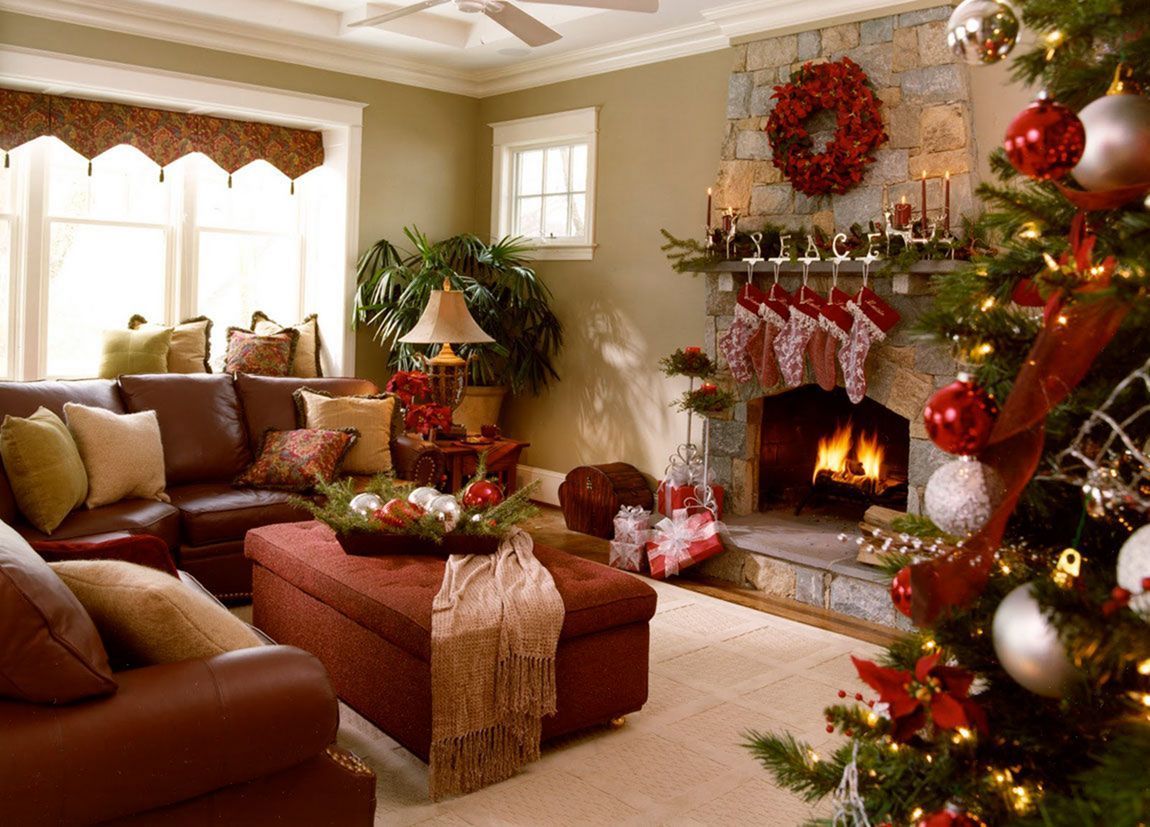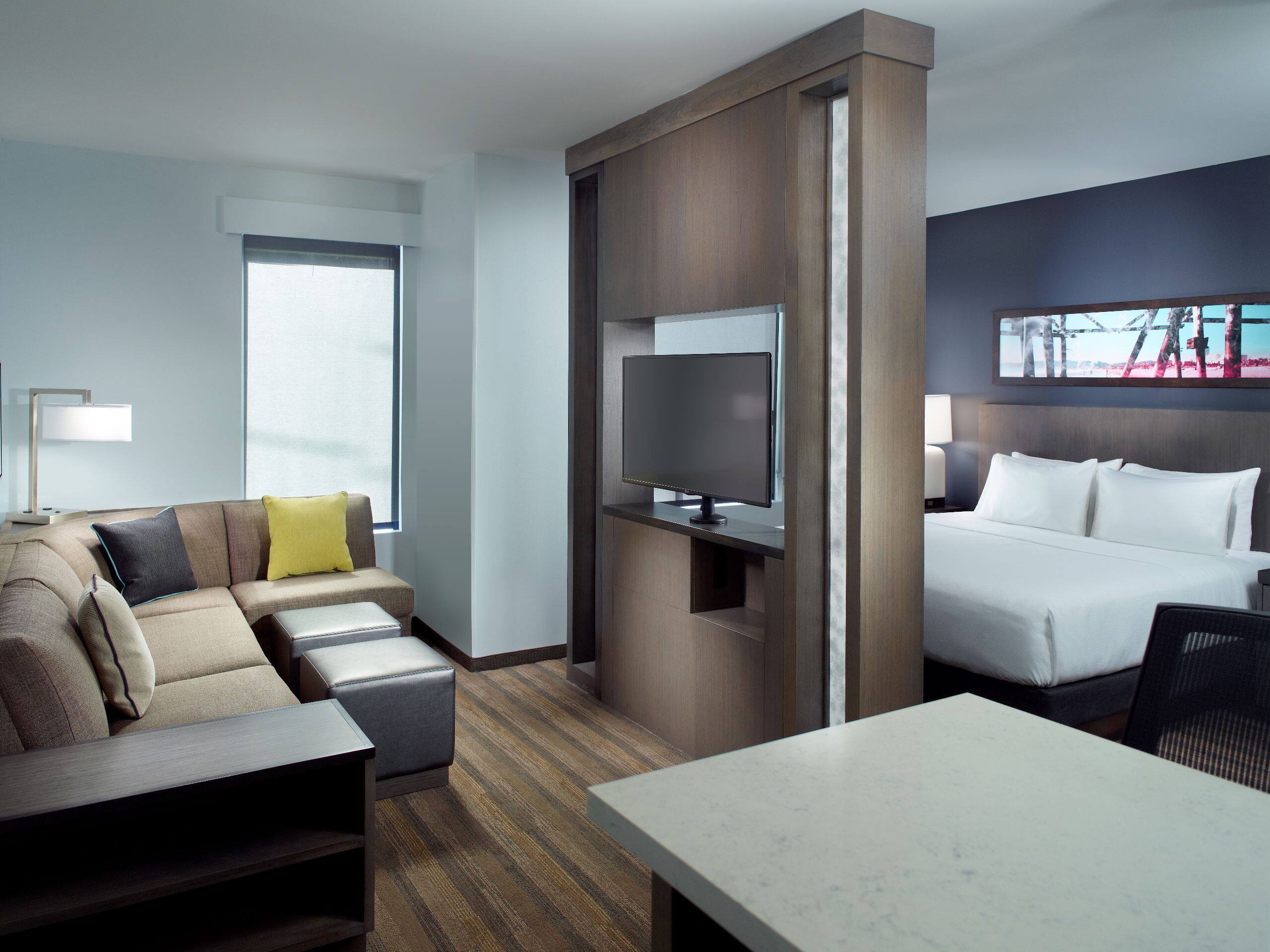Table Of Content
This allows it to stand up to extreme weather conditions and seismic activity common in warm climates. Additionally, it doesn’t require a significant amount of water, or energy, to install, which is important in warm climates where water rationing might be necessary. In addition, stucco requires periodic maintenance and sealing to protect it from water damage, which can be expensive and time consuming. When stucco is exposed to the elements, it is also prone to UV damage, which can result in fading and discoloration.
Why can’t California build more housing?
Crafty's Taproom Changes Name In Warminster Warminster, PA Patch - Patch
Crafty's Taproom Changes Name In Warminster Warminster, PA Patch.
Posted: Wed, 13 Dec 2023 08:00:00 GMT [source]
The construction boom in California has also been bolstered by a number of government initiatives, such as incentives and tax credits, that have been designed to attract new businesses. These initiatives have improved the state’s business climate and encouraged companies to invest in new construction projects. The National Low Income Housing Coalition estimates that the US is experiencing a shortage of seven million housing units for low-income renters.
Landmarks
Señora Sepulveda bequeathed the building on her death in 1903 to her favorite niece and goddaughter, Eloisa Martinez de Gibbs. Edward Gibbs, an engineer and lumber company owner, had been a tenant in the Sepulveda Block. In 1888, the same year that he and Eloisa were married, Edward was elected to the City Council.
Avila Adobe
Both wooden molds and soft-mud machine presses were used, with the latter type increasing over time. The American Clay Machinery Company, Freese, Fate-Root-Heath, Chambers, and Bonnot were the more popular stiff-mud machines with California brickmakers. In 1878, even the convicts at San Quentin Prison were employed in making bricks in their own brickyard, producing 6,500,000 that year. In 1880, there were 50 brick manufacturers in the state, employing 850 men, and producing 63,400,000 common brick and 1,140,000 pressed brick and firebrick.
Copyright, permissions, and use
The population had grown from less than 2,000, most of whom were Mexican, to over 50,000, only 19% of whom were Mexican. When the building was constructed it appears that Señora Sepulveda herself occupied the three residential rooms located in the rear, facing Olvera Street, then an unpaved alley. Commercial tenants were located in the stores fronting on Main Street while the second floor was used as a boarding house. Factors such as large populations, strong job markets, and a thriving businesses climate have led to an increase in demand for new buildings, which has caused an upsurge in construction projects. In addition, the increased availability of funding from public and private sources has allowed for more extensive and expensive projects.
As rising real estate values deemed valuable clay deposits insignificant, the brick companies were forced to close or locate their operations further away from the cities that depended on their product. This economic squeeze in the brick industry took its toll by the loss of a large number brick manufacturers in the first two decades of the 1900s. In 1870, the Patent Brick Company began manufacturing pressed, Roman, and fancy bricks near San Rafael, Marin County.
How many single-family homes are built each year in the US?
Built in 1926, the Plaza Methodist Church was built on the site of the adobe once owned by Agustín Olvera, the man for whom Olvera Street was named. It is at the southeast corner of Olvera Street and Paseo de la Plaza (i.e. the Plaza). During World War II the Sepulveda Block became a canteen for servicemen and three Olvera Street merchants were located in the building. The building continued to be used by Olvera Street merchants until 1981 when they were relocated for the building’s restoration. Today, El Pueblo Park’s Visitor’s Center is located in the south store on the ground floor. Restoration plans call for the creation of an 1890s grocery store on the north side of the first floor.
The new town was named El Pueblo de Nuestra Señora Reina de los Ángeles. Priests from San Gabriel established an asistencia (a sub-mission), the Nuestra Señora Reina de los Angeles Asistencia, to tend to their religious needs. The significant growth in these sectors is likely due to the high demand for residential housing in California’s largest cities, prompting more companies to build offices and warehouses. The most building permits were issued in the state for residential construction, with about 81% of all permits issued for this purpose in 2020. California also saw the largest increases in commercial and industrial building permits, with both types increasing by 25.2% and 18. The majority of new homes being built in the United States are located in suburban and exurban areas.
Where is construction booming California?
This article lists the oldest extant buildings in California, including extant buildings and structures constructed during Spanish, Mexican, and early American rule over California. Only buildings built prior to 1850 are suitable for inclusion on this list, or the building must be the oldest of its type. The Los Angeles Pressed Brick Company dominated the face brick market in southern California and, in 1916, established a large refractory products plant at Alberhill in Riverside County.
The moisture barrier acts as a sealant to keep outside water and moisture away from the stucco, but installing a proper moisture barrier is in itself difficult and requires experienced professionals. The main problem with stucco is that it is prone to cracking or developing holes due to water seeping in from the outside. Stucco needs to have a proper moisture barrier installed before applying the stucco, since water is the enemy of stucco. Building a house is an incredibly complex process that requires careful planning, organization, and skill. Depending on the individual house, materials, location and builder, the steps to building a house can vary. Finally, brick does not provide much insulation, making it less suitable for the hot and dry climate of California.
An exception in this building is the typically Mexican breezeway which separates the Main Street stores from the dwelling rooms in the rear. Thus, the Sepulveda Block represents the transition in Los Angeles from Mexican to a combination of Anglo and Mexican styles. By this time the city had changed from a Mexican pueblo with a cattle-based economy to an American town with an agricultural economy.
Four of their five children were born in the second floor facing Main Street on the south side. In 1905, along with many other residents of the area, the Gibbs moved to a more fashionable neighborhood in Los Angeles. When the Sepulveda Block was built in 1887 Señora Eloisa Sepulveda kept a suite of three rooms for her own use.









